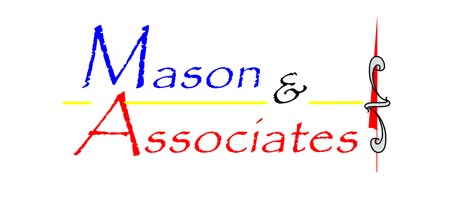One common question that arises among our clients who are in need of paving or concrete work is: What’s the difference between concrete mix and mortar mix—or the difference between cement and concrete?
There is a tendency among people who are unfamiliar with the field to use some of these terms interchangeably, when they actually refer to different things.
Here’s a quick look at the definitions for these substances and how they differ.
Cement
Cement is an ingredient of concrete and mortar. It is used as the binding agent to hold together the other materials that get mixed in, and it is usually made out of limestone, shells, clay and silica sand. These materials get combined with other materials and are heated to approximately 2,700°F and are then ground into a powder and packaged to be mixed into building materials like concrete and mortar.
The most common type of cement used on the market is Portland cement, which bears this name because it was made by an English mason in the 1800s who compared the color of the material to the stones found in the quarries of the island of Portland just off the English coast. This form of cement will set and harden after being combined with water.
Mortar
Mortar is another building material that features cement as a primary ingredient. The cement gets mixed with various fine sands, water and lime to ensure durability. The water activates the concrete to harden.
Mortar is not as strong as concrete and is not designed to be a building material on its own. Instead, it’s used as a binding agent between bricks, stone or blocks of concrete. You’ll typically find it in premixed form sold in bags, but it can also be mixed on-site at the jobsite with a cement mixer or in a mixing tub or wheelbarrow.
It is important to note there are different types of mortar designed for different types of masonry applications. If you use the wrong type, it could result in the mortar cracking.
Concrete
Perhaps the most common question people ask about masonry work is about the difference between cement and concrete. The misunderstanding seems to be that concrete and cement are alternative solutions to accomplish the same thing or that they simply are terms for the same material. But once again, cement is a component of concrete—not an alternative.
Concrete is typically used for foundation walls, patios, concrete slabs and masonry structures. It begins as a dry mixture and becomes a semi-liquid material that can be molded into just about any shape before drying into an extremely-hard, durable material. Wire mesh and rebar will often be added to reinforce the material and minimize the risk of cracking.
Aside from cement, ingredients in concrete include sand, gravel and various other coarse and fine aggregate. Water then gets added to activate the cement, which holds everything together.
For more information about the difference between concrete mix and mortar mix and when to use these various materials, contact us at Mason & Associates.
